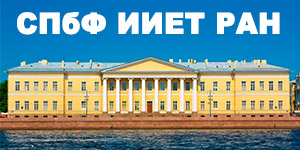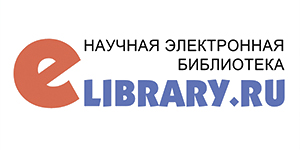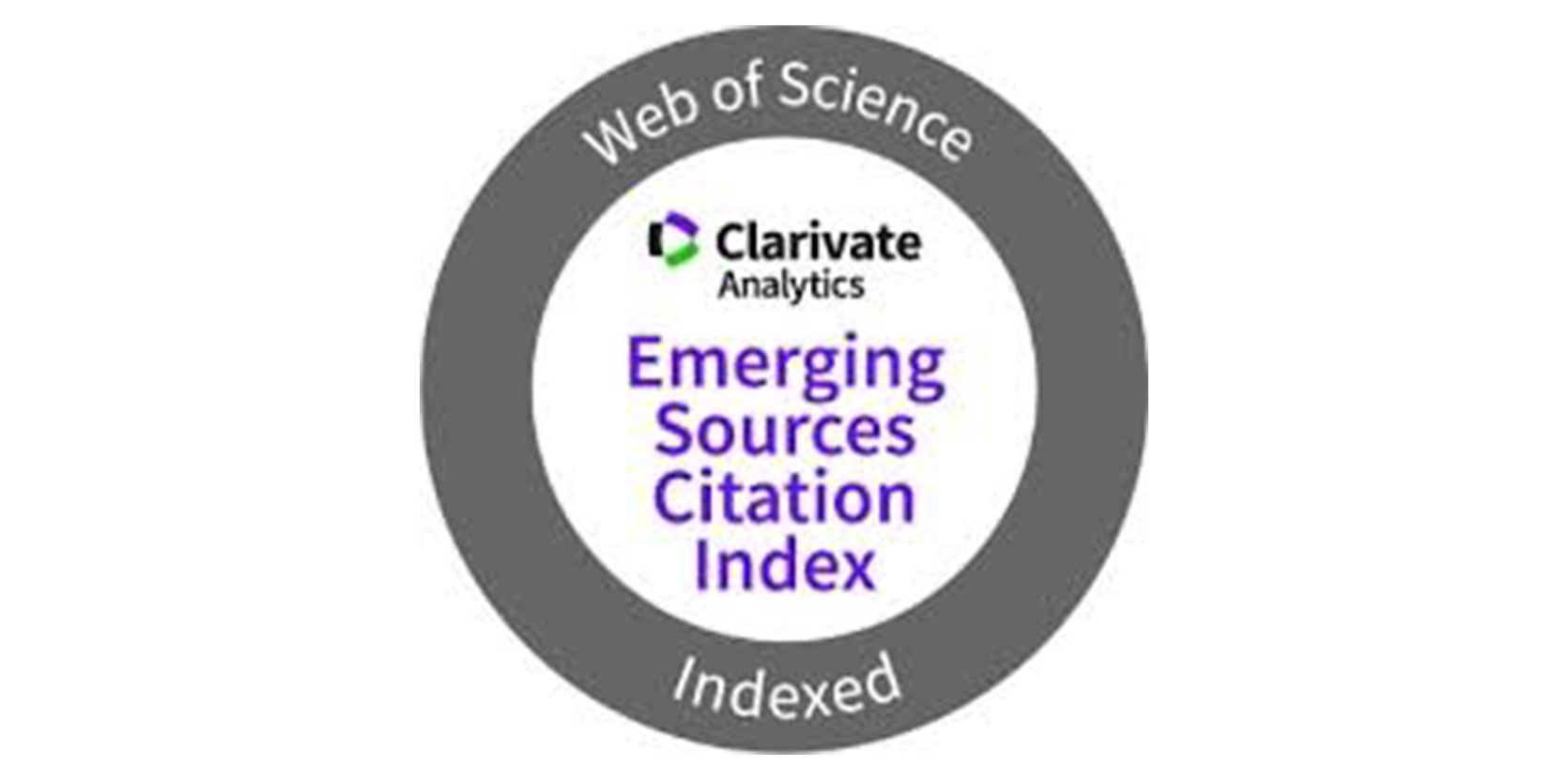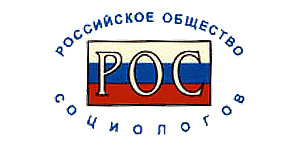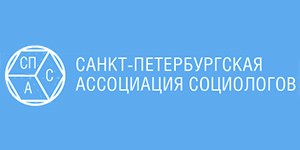Развитие научной базы нанотехнологий на примере трёх направлений: библиометрический взгляд
Терехов Александр Иванович
Центральный экономико-математический институт РАН, Москва, Россия
КЛЮЧЕВЫЕ СЛОВА:УГЛЕРОДНЫЕ НАНОСТРУКТУРЫ, ПОЛУПРОВОДНИКОВЫЕ НАНОСТРУКТУРЫ, НАНОФОТО- НИКА,БИБЛИОМЕТРИЧЕСКИЙ АНАЛИЗ, МЕЖДУНАРОДНОЕ СОТРУДНИЧЕСТВО, CARBON NANOSTRUCTURES,SEMICONDUCTOR NANOSTRUCTURES, NANOPHOTONICS, BIBLIOMETRIC ANALYSIS, INTERNATIONAL COLLABORATION
АННОТАЦИЯ:Рассмотрены структура и динамика развития научной базы нанотехнологий на примере трех важнейших направлений: углеродных и полупроводниковых наноструктур, уходящих корнями в 1980-е гг., а также нанофотоники, появившейся как ответвление нанотехнологий в начале 2000-х гг. На основе библиометрических методов выполнен анализ и сравнение развития выделенных направлений в мире в период 2000-2017 гг., оценены вклад и позиции России в каждом из них. Выявлены основные российские институты, участвующие в исследованиях, дана оценка их вклада, в том числе в элитные сегменты научной литературы, проанализирована структура международных соавторских связей. На конкретном примере обсуждены результаты проводимой правительством университето-центристской политики, в частности показано: если в двух сложившихся направлениях (углеродные и полупроводниковые наноструктуры) относительно высокими позициями в мире Россия обязана академическим научным школам, то в появляющемся (нанофотоника) – преимущественно университетской науке. В качестве источника информации для исследования использована авторитетная в мире политематическая база данных Science Citation Index Expanded.
The Development of Scientific Base of Nanotechnology on the Example of Three Directions: Bibliometric View
Terehov Aleksandr I.
Central Economics and Mathematics Institute of the Russian Academy of Sciences, Moscow, Russia
The structure and dynamics of the development of the scientific base of nanotechnology are considered on the example of three major directions: carbon and semiconductor nanostructures, rooted in the 1980s, and nanophotonics, which emerged as a spin-off of nanotechnology in the early 2000s. Relying on bibliometric methods, the analysis and comparison of the development of the selected directions in the world between 2000 and 2017 are carried out, and the contribution and positions of Russia in each of them are evaluated. The main Russian institutions participating in the research were identified, their scientific contribution was assessed, including to the elite segments of literature, and the structure of international co-authorship links was analyzed. Some results of the government university-centered policy are discussed on a concrete example, in particular, it is shown: if relatively high world positions of Russia in two established areas (carbon and semiconductor nanostructures) are yet a merit of the academic science schools, then its position in the emerging area (nanophotonics) is mainly the university science. As a source of information for this study, the authoritative in the world polythematic database Science Citation Index Expanded was used.
7-Терехов